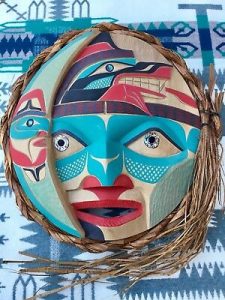 Our Moving into Meditation class focused on the elusive nature of identity. In our mindfulness practice we come to recognize that we are so much more than who we think we are. We considered The Self as Ever Shifting flow, the second chapter title of Toni Bernhard‘s book: How to Wake Up: A Buddhist Inspired Guide to Navigating Joy and Sorrow. Poet Jane Hirshfield invites us to surrender our assertions of identity. She reminds us that we are embraced by the world in so doing. Finally, poet Yi-Young Lee‘s elegant poetry invites us to spread our wings and fly.
Our Moving into Meditation class focused on the elusive nature of identity. In our mindfulness practice we come to recognize that we are so much more than who we think we are. We considered The Self as Ever Shifting flow, the second chapter title of Toni Bernhard‘s book: How to Wake Up: A Buddhist Inspired Guide to Navigating Joy and Sorrow. Poet Jane Hirshfield invites us to surrender our assertions of identity. She reminds us that we are embraced by the world in so doing. Finally, poet Yi-Young Lee‘s elegant poetry invites us to spread our wings and fly.
Li-Young Lee and his parents, Chinese expatriates, fled from Jakarta in 1959 to escape anti-Chinese persecution. (To learn more about Li-Young you can read Paul T. Corrigan’s Conversation with Li-Young Lee.)
Guided Relaxation
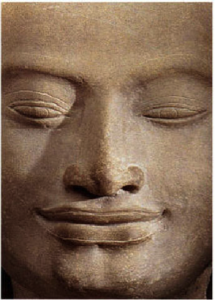 Welcome. Welcome to this moment . . . this breath . . . feeling inhale arising . . . feeling exhale passing . . . in-breath surfacing . . . out-breath submerging . . . inspiring . . . infusing life by breathing. . . transpiring passing vaporous from a living body . . . Where am I in this living breathing feeling experience? Zen master Shunryu Suzuki advised: “What we call “I” is just a swinging door which moves when we inhale and when we exhale. . . ” Feel what moves with the inhale . . . what moves with the exhale . . . Witness the unique expression of every breath . . . changing . . . moment to moment . . . expressing impermanence: the first mark of experience all beings share.
Welcome. Welcome to this moment . . . this breath . . . feeling inhale arising . . . feeling exhale passing . . . in-breath surfacing . . . out-breath submerging . . . inspiring . . . infusing life by breathing. . . transpiring passing vaporous from a living body . . . Where am I in this living breathing feeling experience? Zen master Shunryu Suzuki advised: “What we call “I” is just a swinging door which moves when we inhale and when we exhale. . . ” Feel what moves with the inhale . . . what moves with the exhale . . . Witness the unique expression of every breath . . . changing . . . moment to moment . . . expressing impermanence: the first mark of experience all beings share.
No unchangeable “I”: the second mark of our common experience. We are an ever-changing constellation of physical traits, thoughts, emotions and behaviors. And yet what is personhood? Neurologist Oliver Sacks counseled that a human being needs “a narrative, a continuous inner narrative, to maintain his identity, his self.
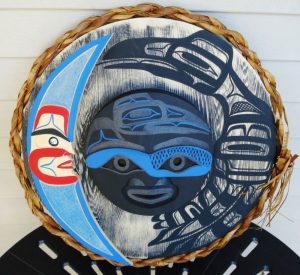 We have, each of us, a life-story, an inner narrative — whose continuity, whose sense, is our lives. It might be said that each of us constructs and lives, a “narrative,” and that this narrative is us, our identities. . . . each of us is a biography, a story. Each of us is a singular narrative, which is constructed, continually, unconsciously, by, through, and in us — through our perceptions, our feelings, our thoughts, our actions; and, not least, . . .our spoken narrations. Biologically, physiologically, we are not so different from each other; historically, as narratives — we are each of us unique.”
We have, each of us, a life-story, an inner narrative — whose continuity, whose sense, is our lives. It might be said that each of us constructs and lives, a “narrative,” and that this narrative is us, our identities. . . . each of us is a biography, a story. Each of us is a singular narrative, which is constructed, continually, unconsciously, by, through, and in us — through our perceptions, our feelings, our thoughts, our actions; and, not least, . . .our spoken narrations. Biologically, physiologically, we are not so different from each other; historically, as narratives — we are each of us unique.”
Our stories are unique and ever changing. In mindfulness practice we recognize this fluid expression of life . . . we observe what happens when we try to dam this flow . . . when we reduce life to repeating patterns of thought and action. In her book, Waking Up, Toni B. suggests: “we work to hold this identity . . . lightly, without believing it implies a fixed non changing essence.”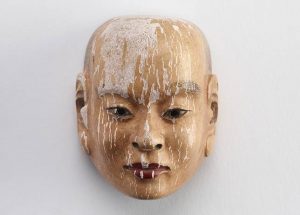
Consider . . . what experiences and circumstances form your sense of identity? Race . . . ethnic background . . . gender . . . nationality . . . sexual orientation? How do you identify with your occupation? Your political orientation? Your religion? How do you identify with your status? How do you identify with your body? your age? your health?
Toni B. writes:
Some of these identities are internalized during our formative years due to cultural influences or to how we were treated by others. As we repeatedly recall those influences and experiences, we come to believe that they represent real qualities of ourselves, and this can become a deep source of suffering. . . . if a parent repeatedly told us that we didn’t try hard enough . . . we couldn’t do anything right . . . as adults we think of those characteristics as intrinsic to who we are. . . .
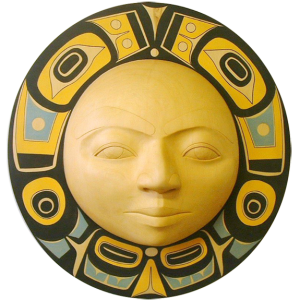 Toni invites us to experiment with our notions of self. List all the identities you’ve chosen to define yourself . . . Consider each one. Is it a source of joy for you? Is it painful? Does it carry a judgment – is it “good” or “bad”? Can you feel the effects of these labels? Do the forces of roles and judgments separate or connect you? How do you experience true belonging?
Toni invites us to experiment with our notions of self. List all the identities you’ve chosen to define yourself . . . Consider each one. Is it a source of joy for you? Is it painful? Does it carry a judgment – is it “good” or “bad”? Can you feel the effects of these labels? Do the forces of roles and judgments separate or connect you? How do you experience true belonging?
Toni writes: “Thinking of myself as an ever-changing process rather than as a fixed persons gives my life a feeling of fluidness and potential. . . . When I’m able to recognize that clinging to an identity is an attempt to freeze in time what is, in reality, part of the uninterrupted flow of life, I feel light and free.”
Who were we during the times in our lives when we felt light and free? How did we think of ourselves? How did we not think of ourselves?
Poet Jane Hirshfield observes:
To speak, and to write, is to assert who we are, what we think. The necessary other side is to surrender these things — to stand humbled and stunned and silent before the wild and inexplicable beauties and mysteries of being.
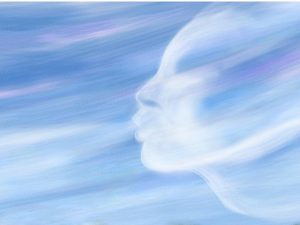 How do we respond to this invitation to surrender? To stand humbled, stunned and silent before life’s mysteries? I feel my own glimmerings of insecurity flash like silver backed fish in moving water . . . water that I feel in my very blood. Jane says that “If you open yourself to intimacy in any circumstance or situation, your fear will fall away.” Is this the promise of surrender?
How do we respond to this invitation to surrender? To stand humbled, stunned and silent before life’s mysteries? I feel my own glimmerings of insecurity flash like silver backed fish in moving water . . . water that I feel in my very blood. Jane says that “If you open yourself to intimacy in any circumstance or situation, your fear will fall away.” Is this the promise of surrender?
My heart swells when I read Jane’s words:
The world embraces us at every moment. And you don’t stop at your skin. To write about a tree with absolute objectivity is to write autobiography, and to write your personal story is to write the geography of the planet.
Is this the promise of mindfulness?
Here the illuminated poem of Li-Young Lee arising from the painful history persecuted national identity:
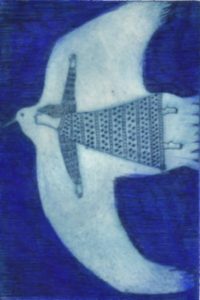
Look at the birds. Even flying
is born
out of nothing. The first sky
is inside you, open
at either end of day.
The work of wings
was always freedom, fastening
one heart to every falling thing.
